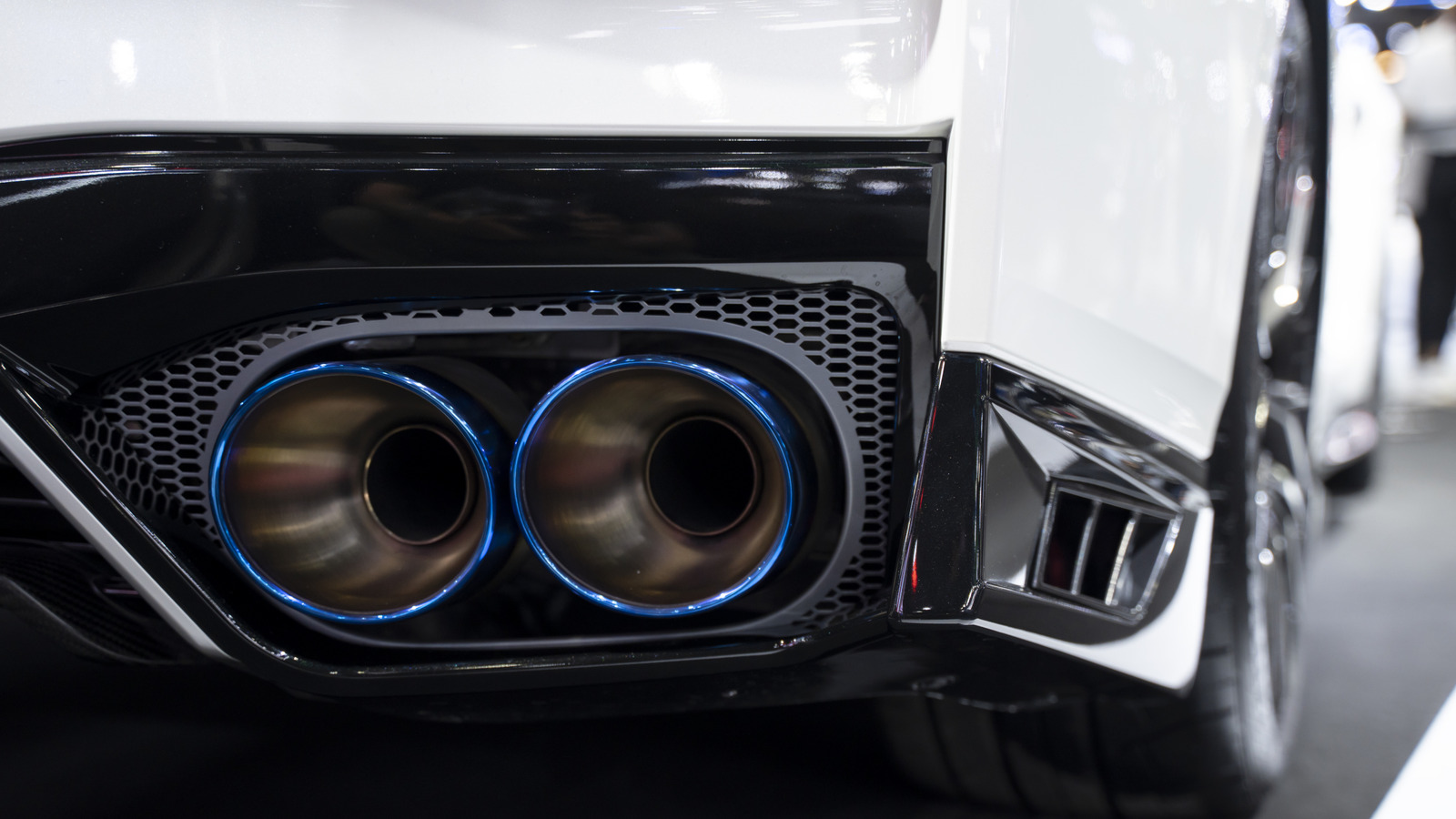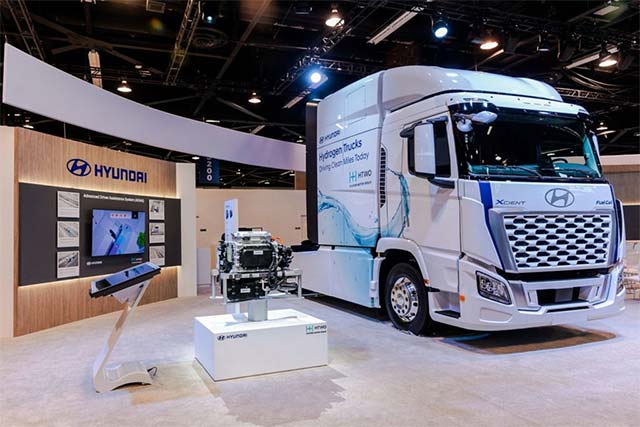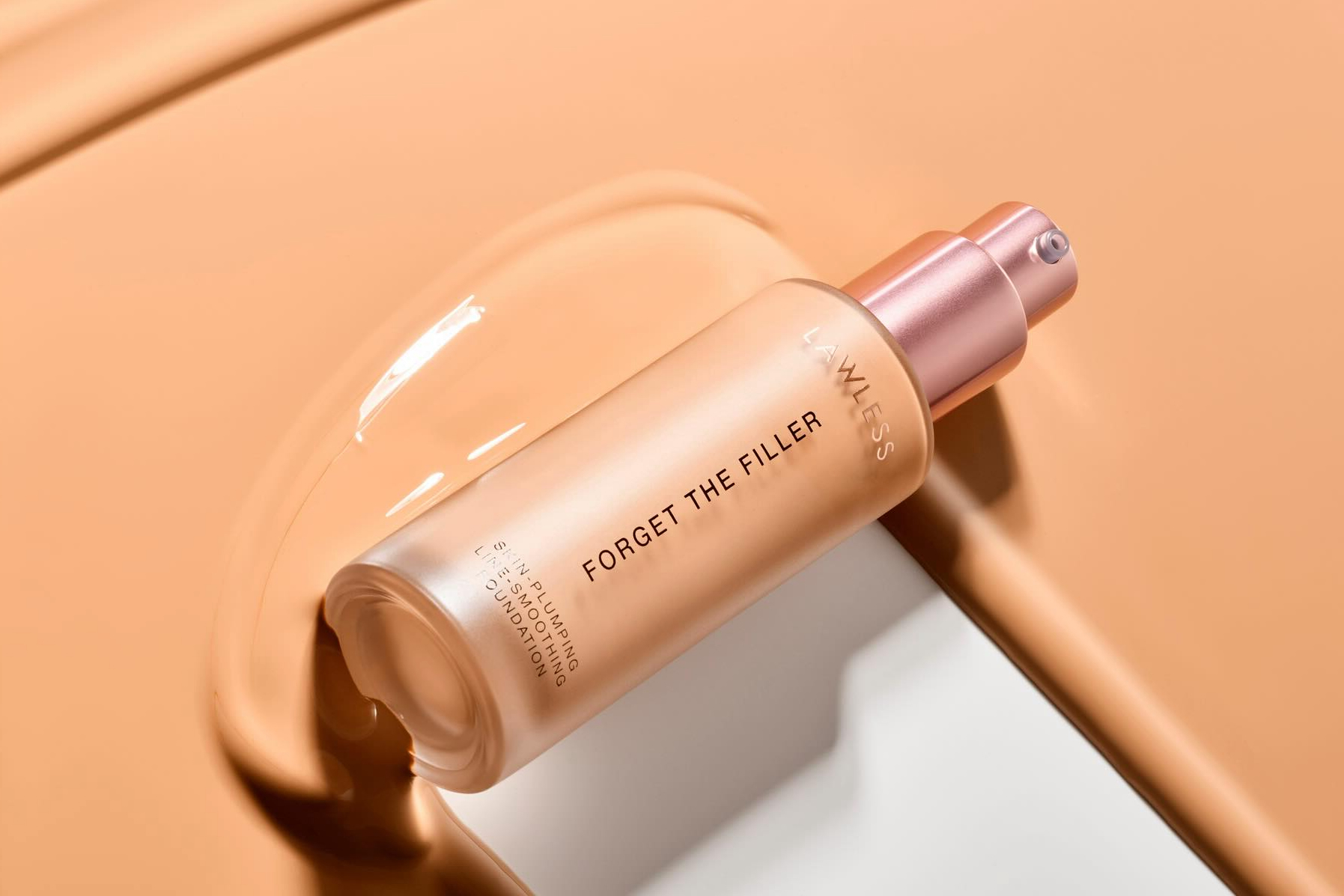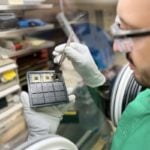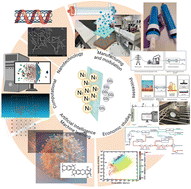Biohybrid Vascular Graft Made of Textile‐Reinforced Elastin‐Like Recombinamers and Its Preservation via Drying Processes
Advanced Healthcare Materials, EarlyView.

Clinical translation of biohybrid medical implants requires the previous implementation of drying schemes that can facilitate their sterilization and storage. This study addresses that critical aspect and elucidates the impact of drying on biohybrid vascular grafts, highlighting the need for implant-specific drying strategies to ensure safety, functionality, and biocompatibility, in accordance with ISO 7198 standards.
Abstract
Vascular grafts are crucial for treating cardiovascular diseases and providing vascular access for hemodialysis in end-stage renal disease, conditions that affect millions of people globally. To address the persisting clinical need for better therapy for these conditions, new designs involving novel materials and innovative tissue-engineered approaches are being developed. Successful clinical translation of such designs will require to ensure device safety, particularly sterility and mechanical integrity. The prevailing method for ensuring sterility is ethylene oxide sterilization, which requires a dry product. The challenge of drying biohybrid implants is substantial, as they contain multiple components (e.g., textile and hydrogel) with differing properties. To address this open question, the effects of different drying methods on the morphological and mechanical properties of biohybrid implants made from elastin-like recombinamers (ELRs) are investigated. For that, mechanical characteristics defined in ISO 7198, as well as the cell attachment behavior on biohybrid vascular grafts, treated either with lyophilization (LYO) or CO2-based critical point drying, are compared. The results show that the applied drying method can significantly influence the properties of the scaffolds and highlight the importance of developing implant-specific drying schemes that ensure its safety and functionality.













